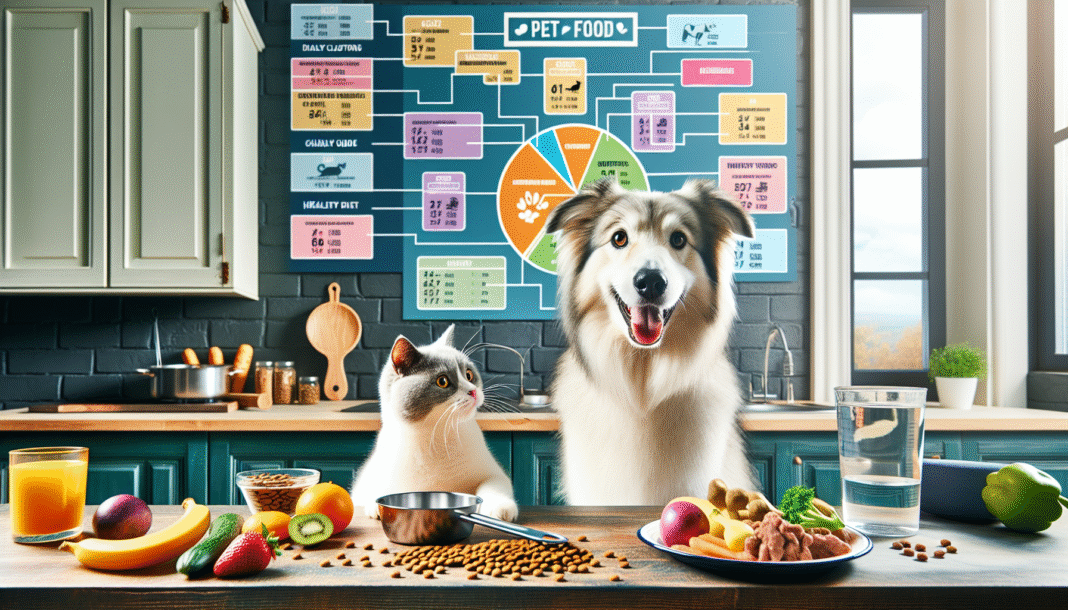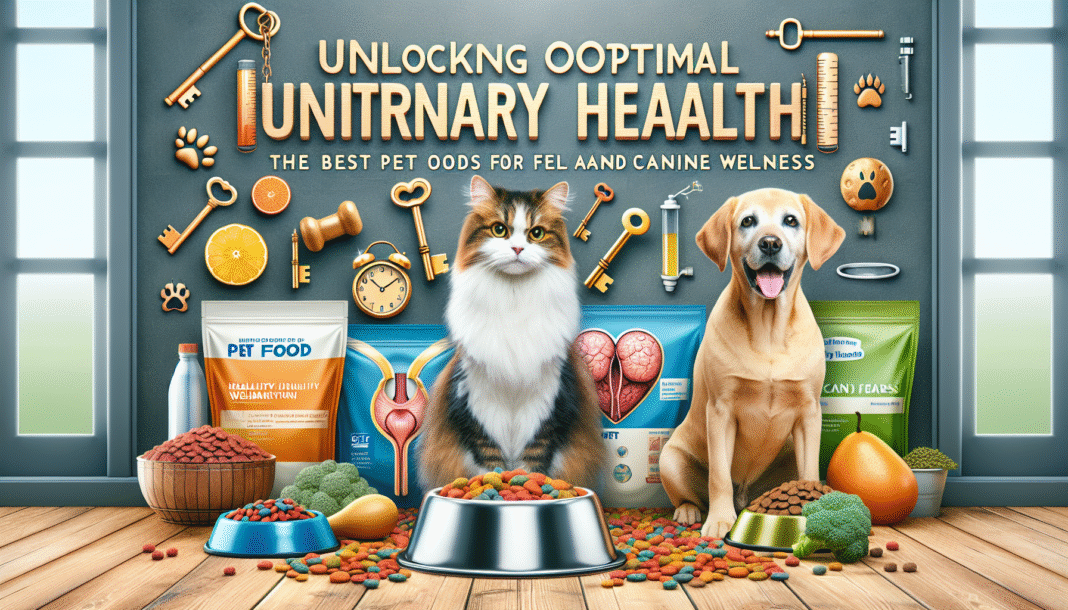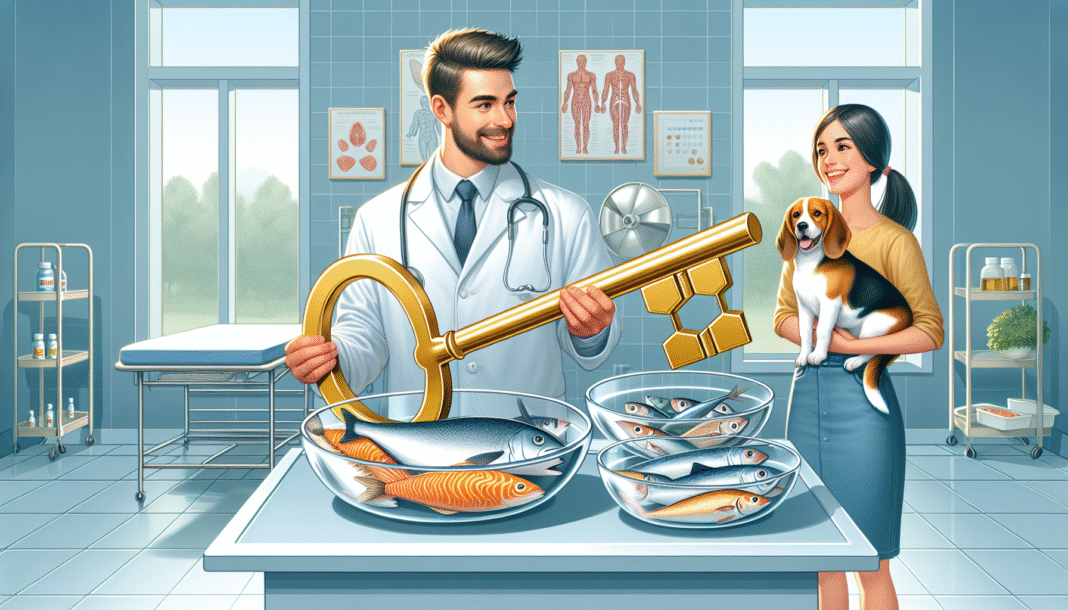As a devoted pet owner, ensuring the health and well-being of your furry friends is likely at the top of your priority list. One of the most crucial aspects of maintaining their health is understanding their daily calorie requirements. This guide will delve into the various factors influencing your pet’s needs and offer practical tips to help you keep them in optimal health.
Understanding Caloric Needs
Why Calories Matter
Calories provide the energy pets need to live, play, and maintain essential bodily functions. Just like humans, pets require a specific amount of energy based on their size, age, activity level, and overall health. Too few calories can lead to weight loss and malnutrition, while excessive caloric intake can result in obesity and associated health issues.
General Caloric Guidelines
Each pet has unique caloric needs, but here’s a rough estimate based on weight:
- Dogs: Generally, a dog needs about 30 calories per pound of body weight per day. For example, a 20-pound dog requires approximately 600 calories.
- Cats: Cats usually need around 20 calories per pound per day. Therefore, a 10-pound cat would need about 200 calories daily.
Factors Affecting Caloric Needs
Age
Puppies and kittens have higher energy requirements for growth and development. In contrast, senior pets may require fewer calories as their metabolism slows down. Adjustments should be made accordingly to cater to their life stage.
Activity Level
Active pets burn more calories than their less active counterparts. If your dog participates in regular exercise, such as long walks or play sessions, they may need additional calories. Similarly, indoor cats might require less due to lower activity levels.
Health Conditions
Certain health issues, like diabetes or hypothyroidism, can affect a pet’s metabolism and energy needs. Always consult your veterinarian if you suspect health conditions altering your pet’s caloric requirements.
Determining Your Pet’s Specific Needs
Consult Your Veterinarian
The best way to determine your pet’s exact caloric needs is through a consultation with your veterinarian. They will consider your pet’s breed, weight, age, and health status to recommend appropriate dietary adjustments and caloric intake.
Use Calculators and Formulas
Several online calculators provide estimates based on your pet’s weight and activity level. The most widely used formula is the Body Condition Score (BCS), which evaluates your pet’s weight against their ideal weight to determine their maintenance caloric needs.
Example Calculation for Dogs
- Determine your dog’s Resting Energy Requirement (RER):
- RER = 70 x (Body Weight in kg)^0.75
- Multiply the RER by an activity factor (1.2–2.0, depending on activity level).
Monitoring Weight and Adjusting Intake
Regular weigh-ins are essential. Track any changes in your pet’s weight and adjust their caloric intake as necessary. If your pet is gaining weight, consider reducing their daily calorie intake by 10-20%. Conversely, if they are losing weight, increase their food gradually.
Choosing the Right Food
Read Labels Carefully
Pet food labels provide valuable information regarding the caloric content per serving. Knowing the caloric density helps you ensure your pet receives the right amount of nutrition without overeating.
Balance and Quality
Select high-quality food that meets your pet’s nutritional needs. Look for options that list meat as the first ingredient and avoid fillers such as corn and soy. Balanced diets should incorporate essential proteins, fats, vitamins, and minerals.
Feeding Mechanisms
Consider using measuring cups to assess portions accurately. Some pet owners also find success in using feeding puzzles to keep their pets engaged and prevent overeating.
Practical Tips for Real-Life Application
Implement a Routine
Establishing a feeding routine encourages your pets to eat at specific times, helping regulate their metabolism. Split their daily calories into two or three meals for better digestion.
Monitor Treats and Snacks
Treats are often calorie-dense. Keep track of how many treats you offer, and consider substituting with healthier options like baby carrots or small slices of apple. Remember that treats should constitute no more than 10% of your pet’s daily caloric intake.
Hydration Matters
Adequate hydration is vital. Always provide fresh water alongside their meals, as proper hydration aids in digestion and overall health.
Regular Check-up Schedule
Routine veterinary appointments allow for consistent monitoring of your pet’s health. Annual check-ups provide an opportunity to reassess caloric needs and make dietary adjustments.
Adjust With Seasons
Depending on the season, your pet’s caloric needs may shift. More active pets during summer months might need additional calories, while those less active in winter may require reductions.
Recognizing Signs of Overeating or Undereating
Symptoms of Overeating
If your pet is overeating, watch for sloppy stools, lethargy, excessive begging, or noticeable weight gain. These are signs to reassess portions and calorie intake.
Symptoms of Undereating
Symptoms of insufficient caloric intake include noticeable weight loss, lethargy, and a dull coat. If you notice these signs, consult your veterinarian to rule out any underlying health issues.
Behavioral Changes
Changes in activity level can also indicate underlying health concerns. If your normally energetic pet becomes lethargic or vice versa, it may be time for a veterinary visit.
Conclusion
Understanding your pet’s caloric needs is essential for promoting optimal health and preventing obesity-related issues. By staying educated and attentive to your pet’s unique requirements, you ensure a longer, healthier, and happier life for your furry friend. Remember, regular veterinary consultations and consistent monitoring can make a significant difference in your pet’s overall well-being. Unlock their health potential by prioritizing their nutritional needs today!





